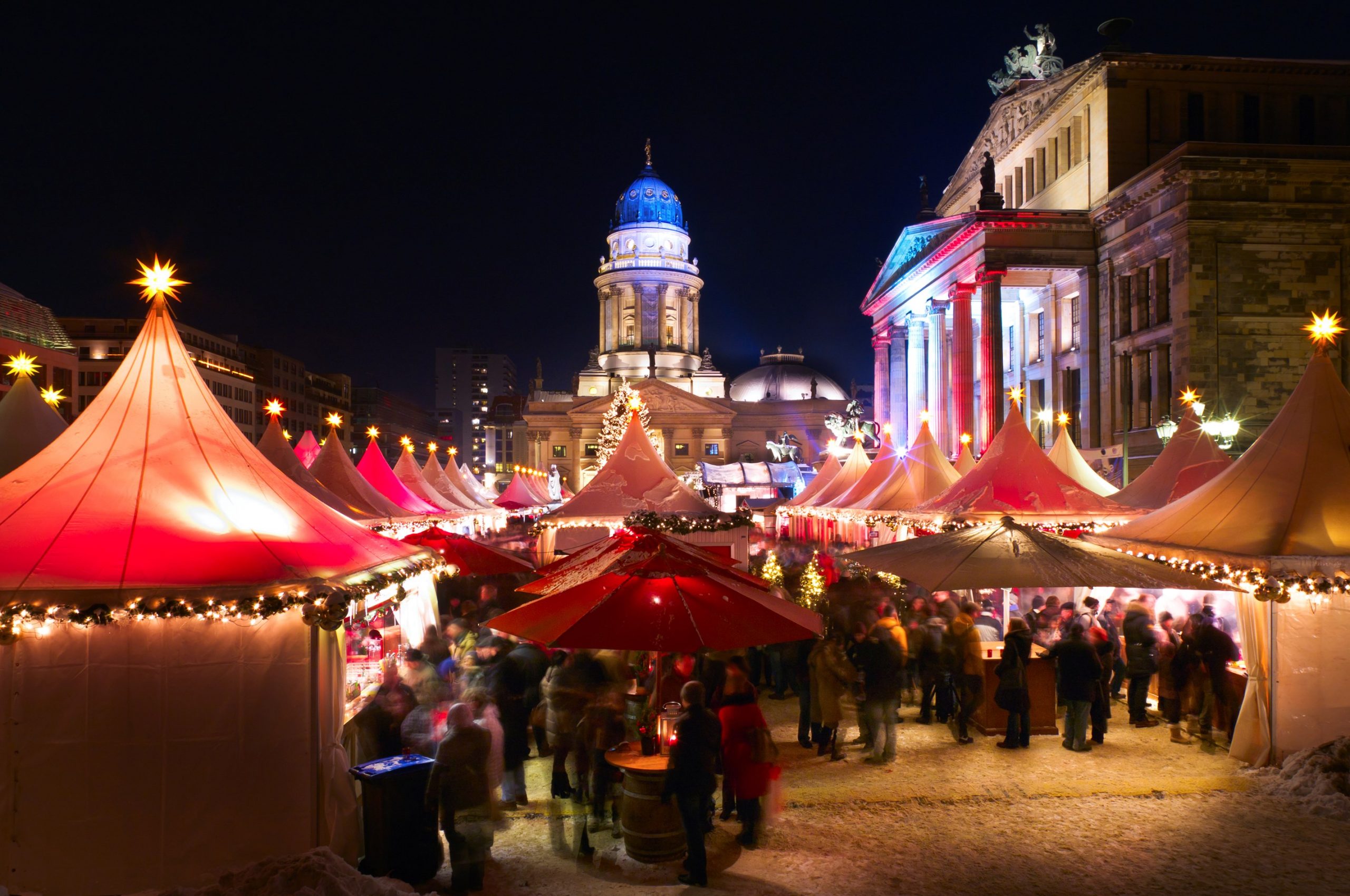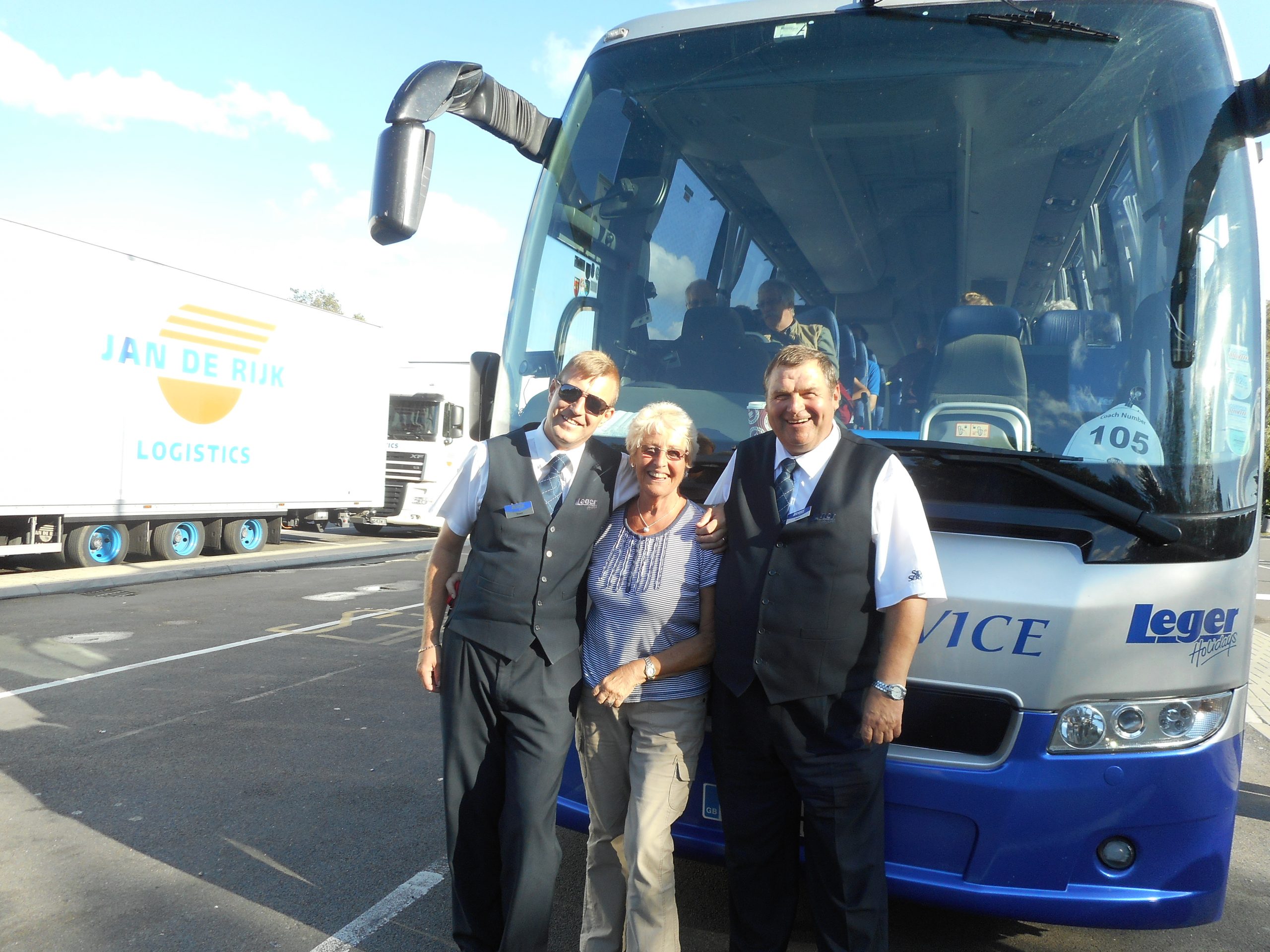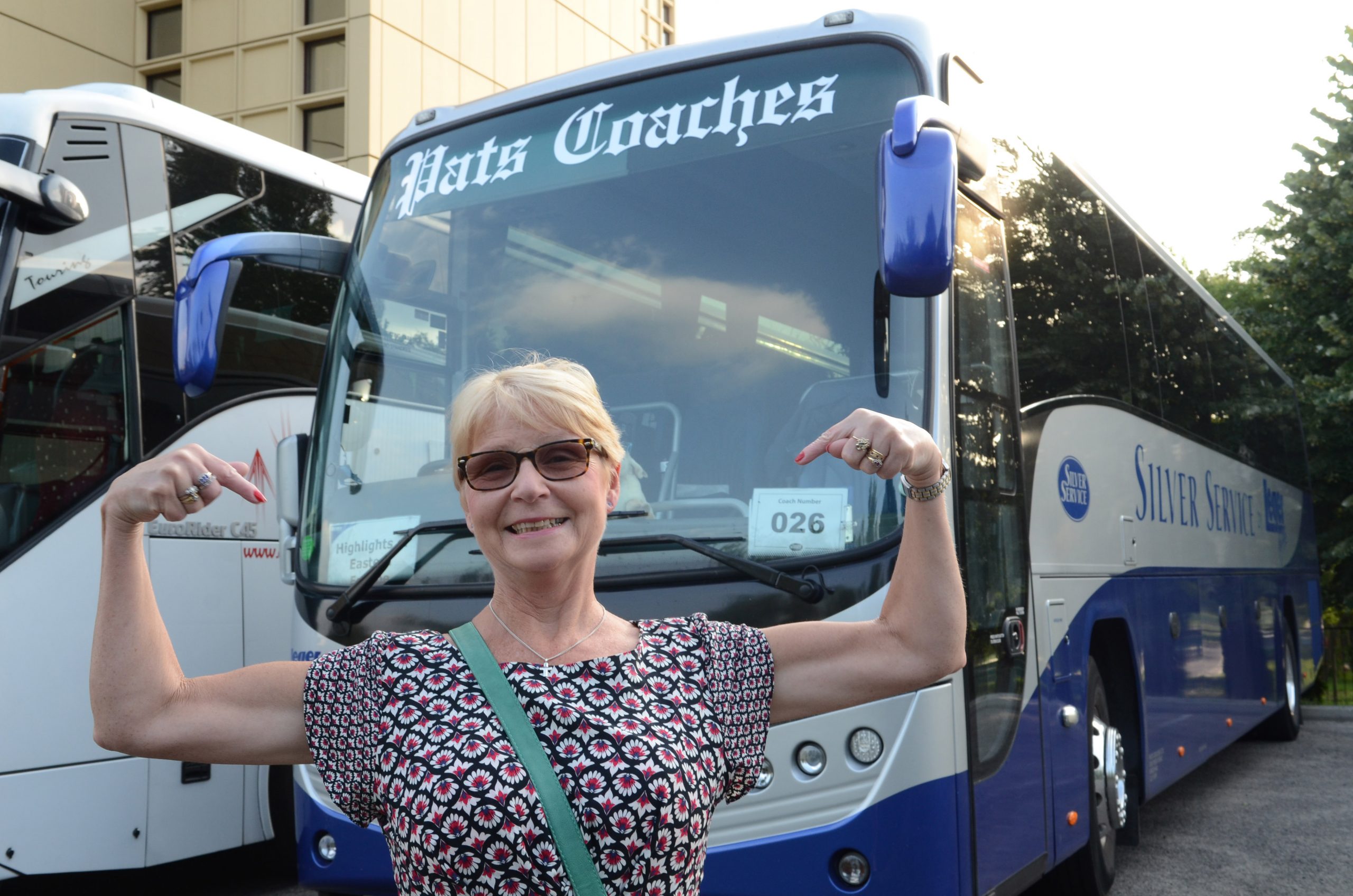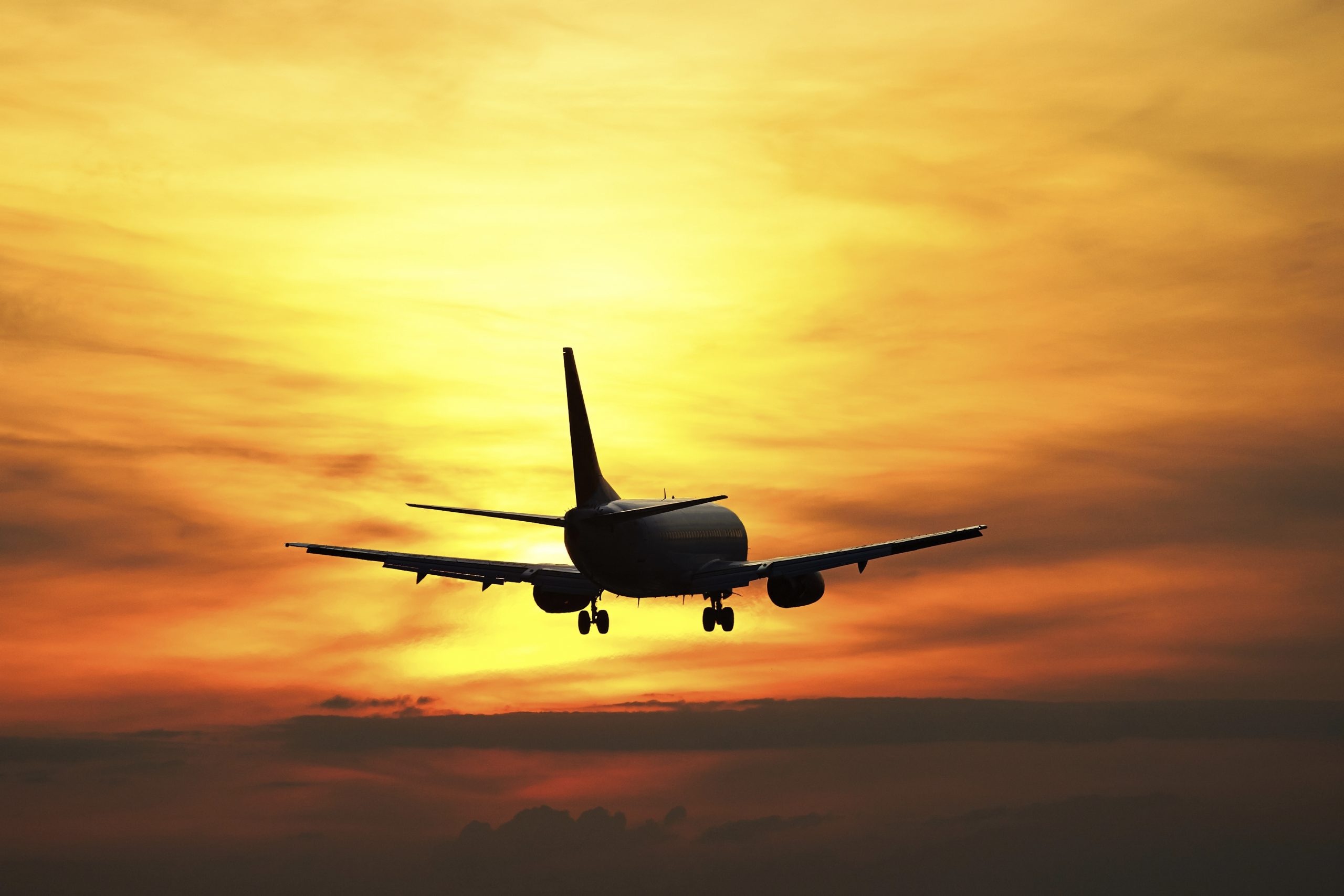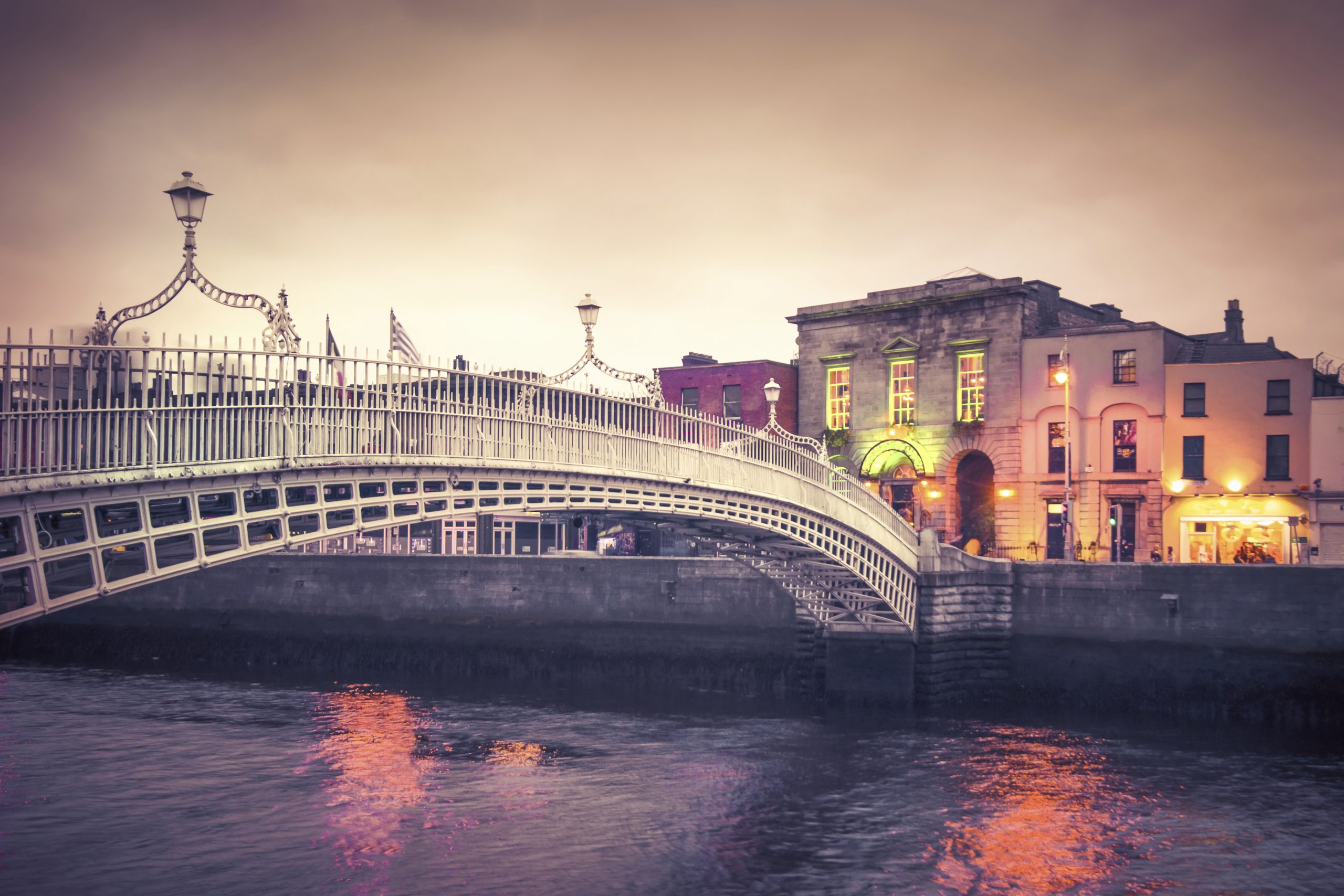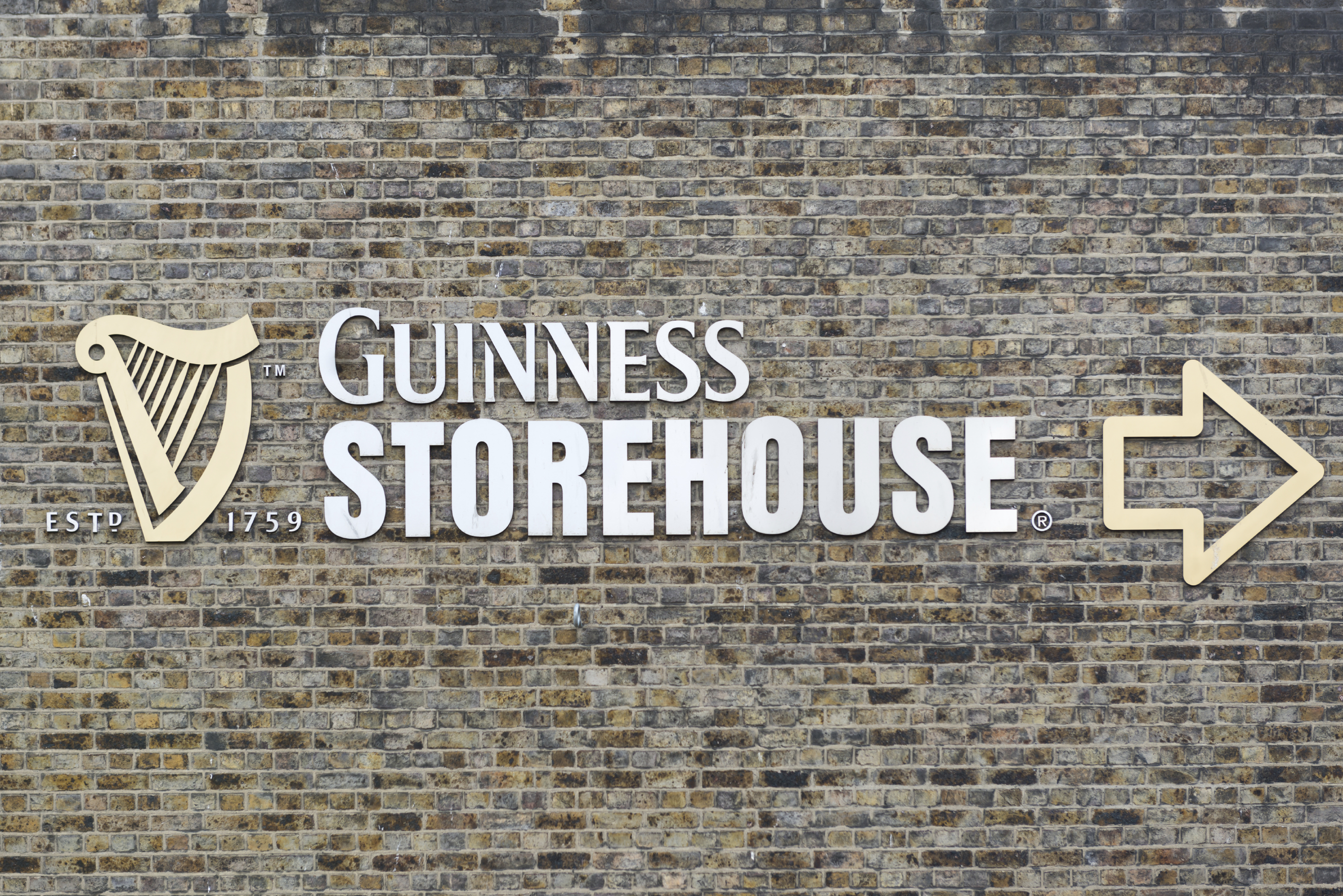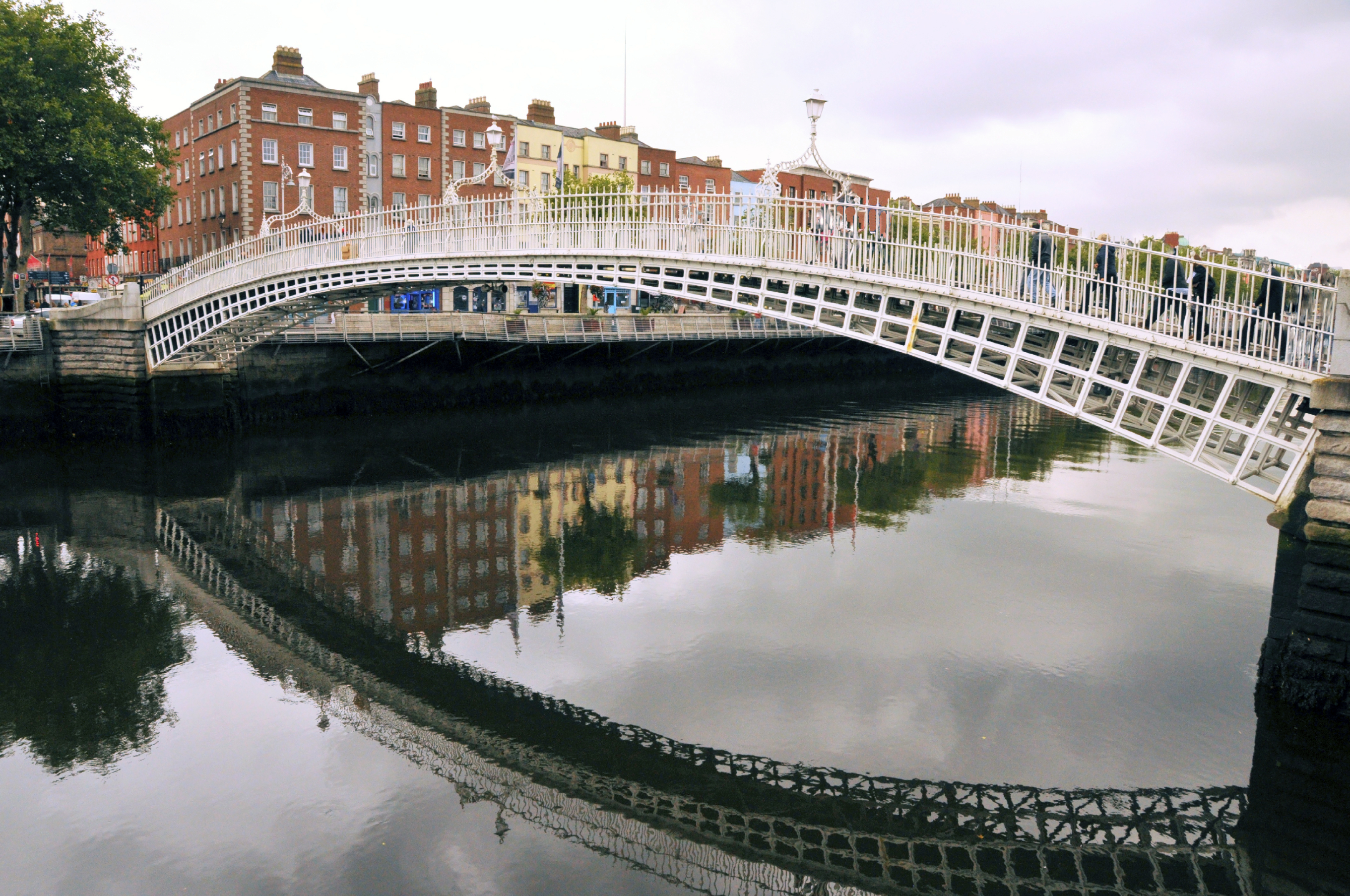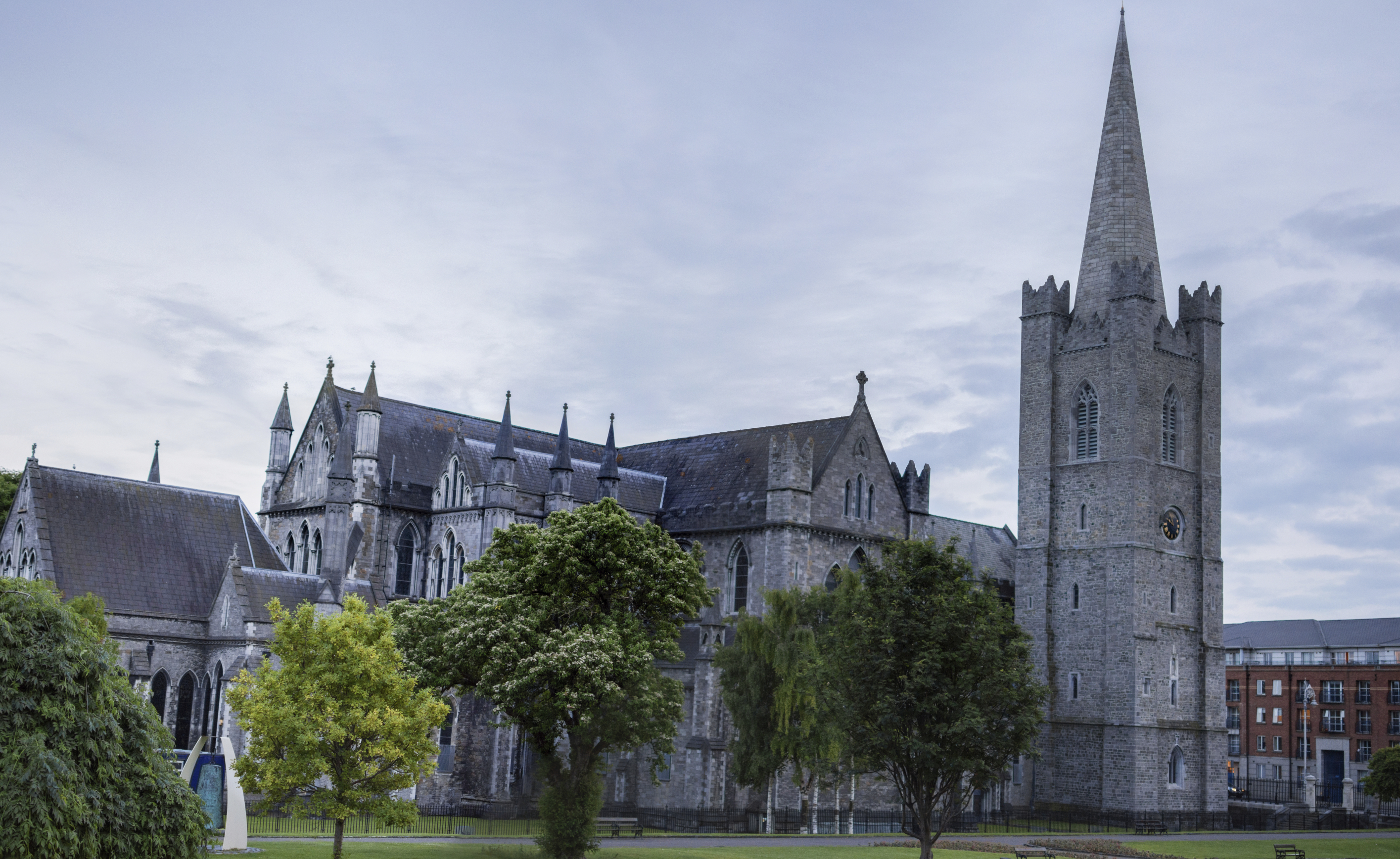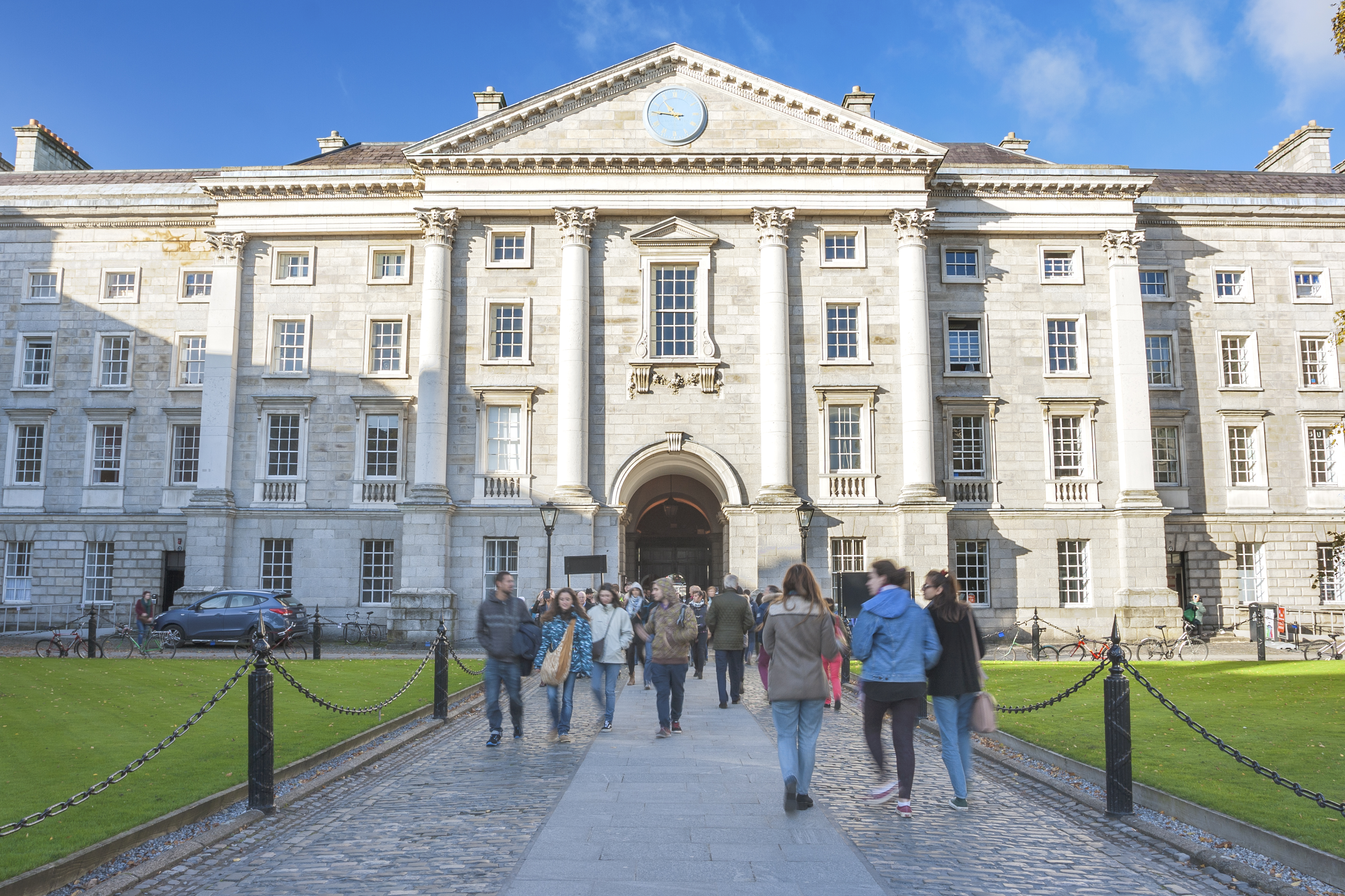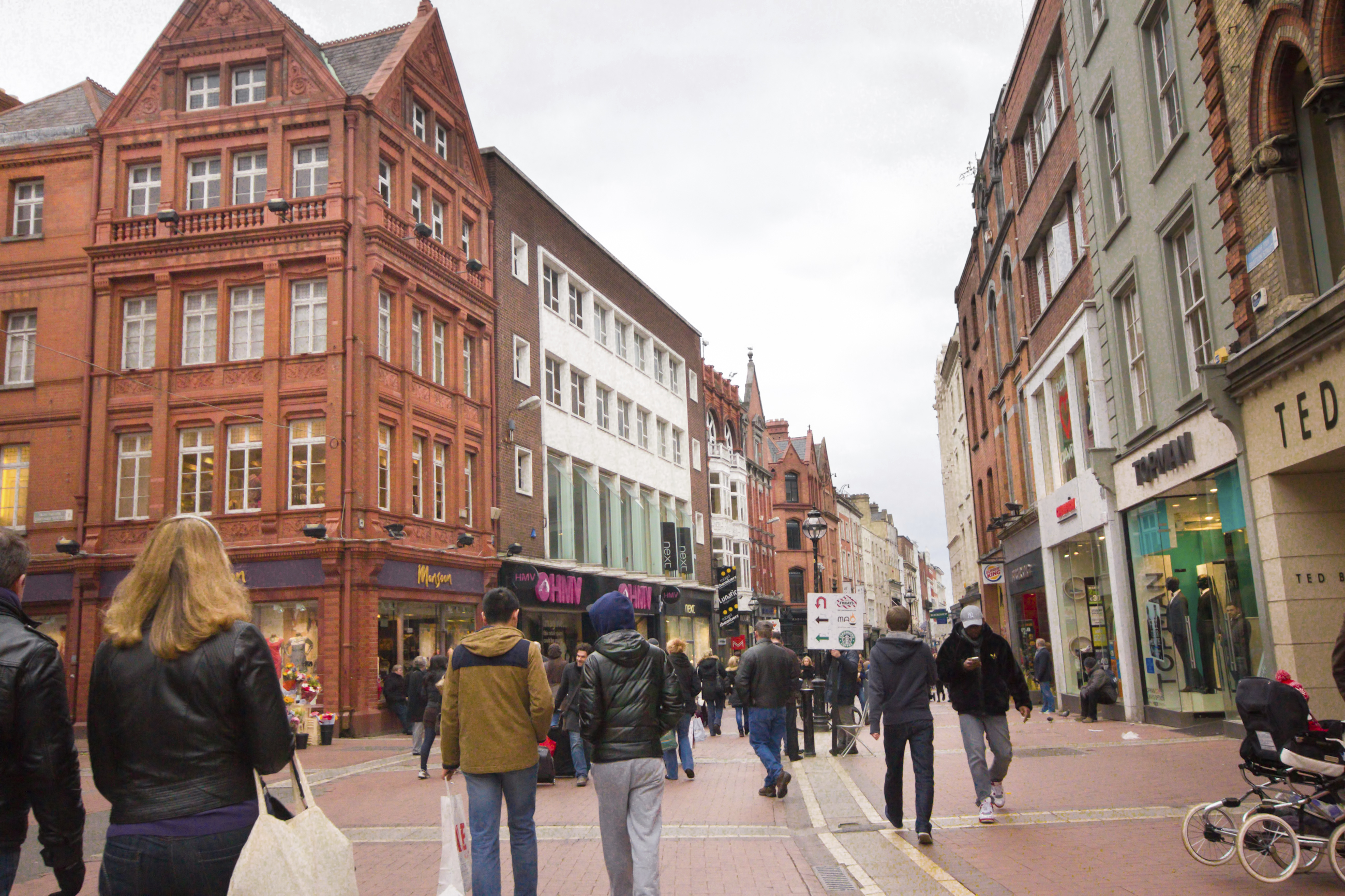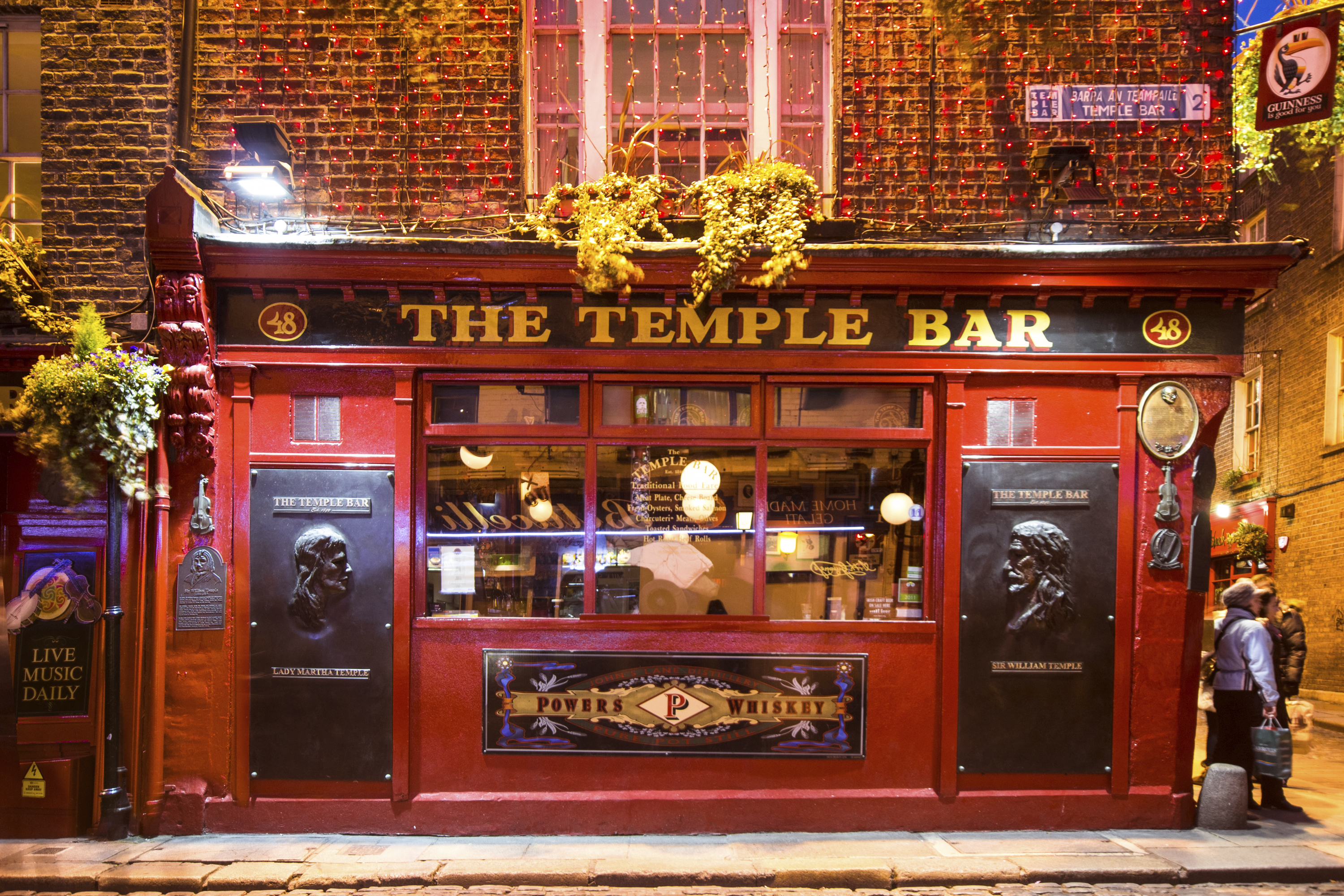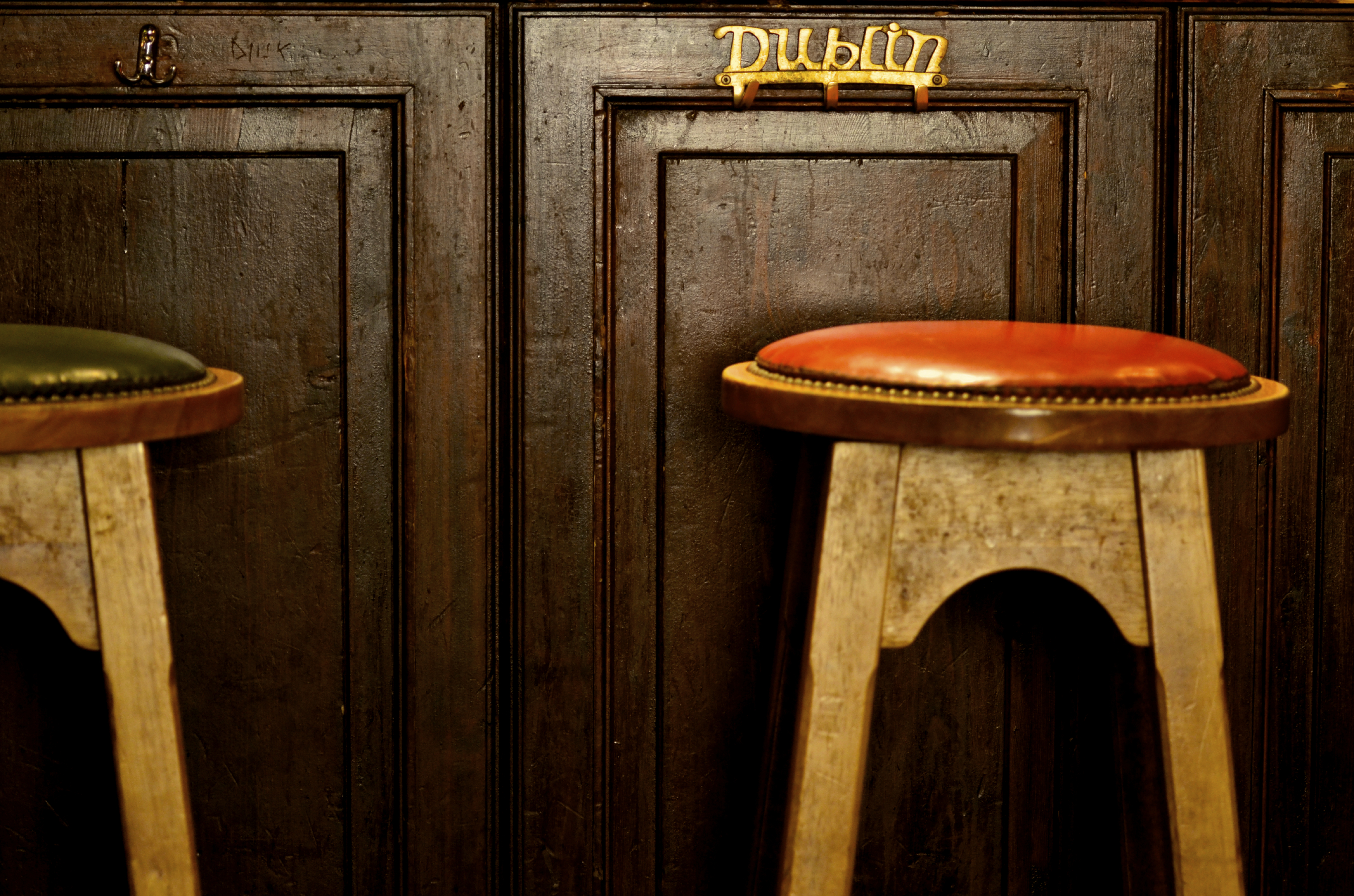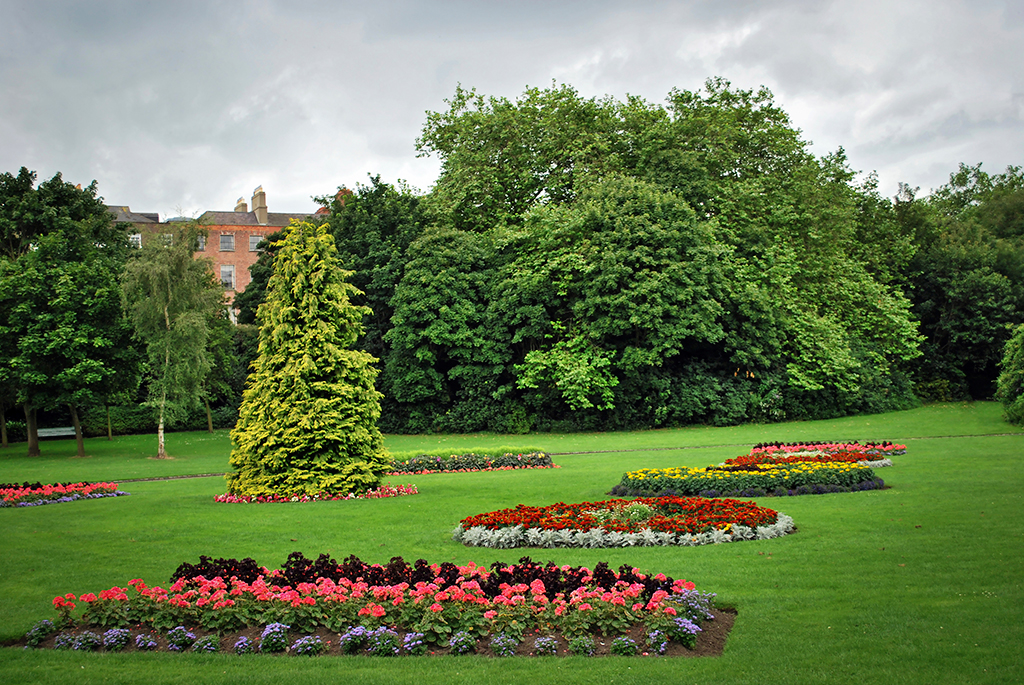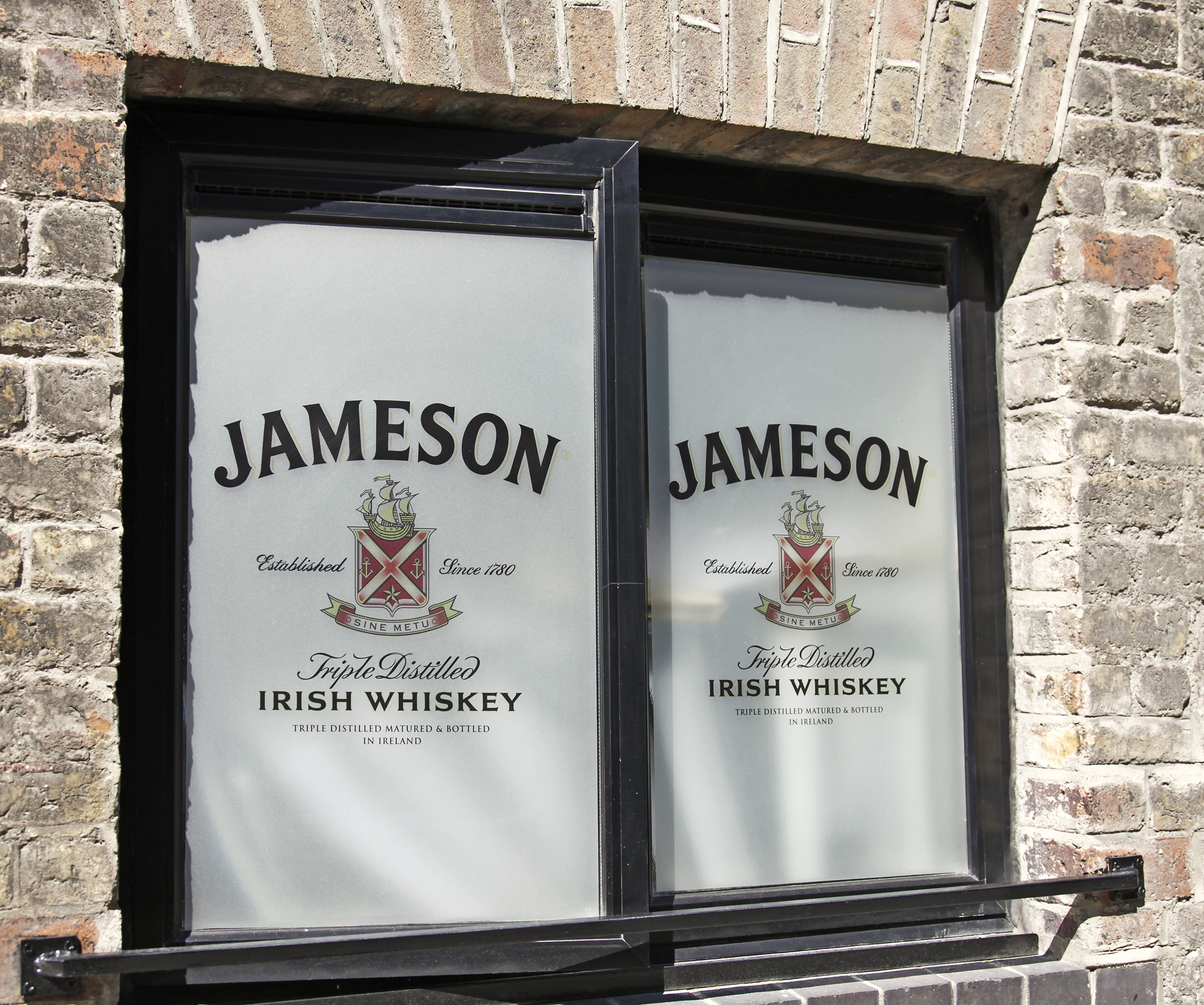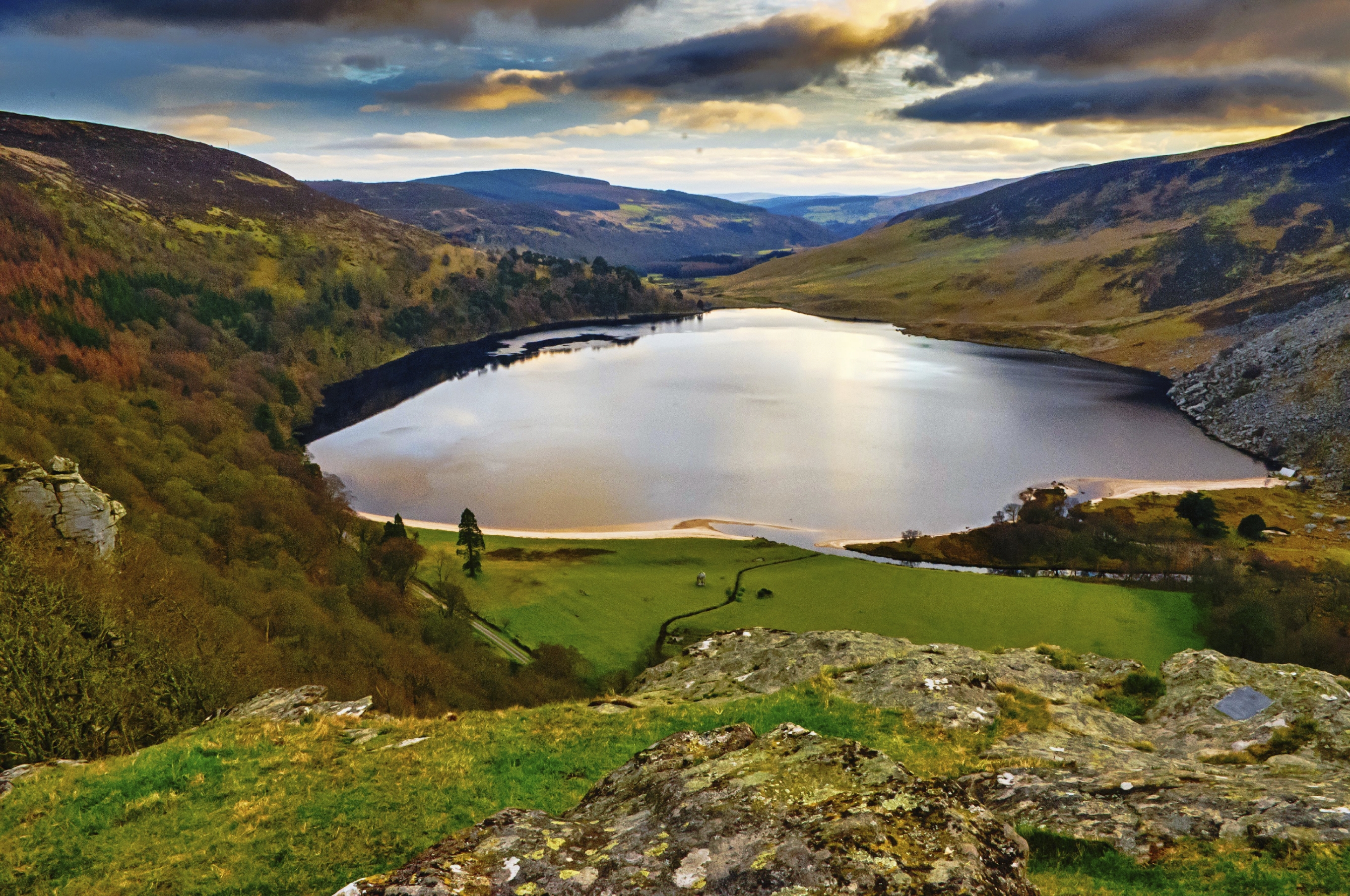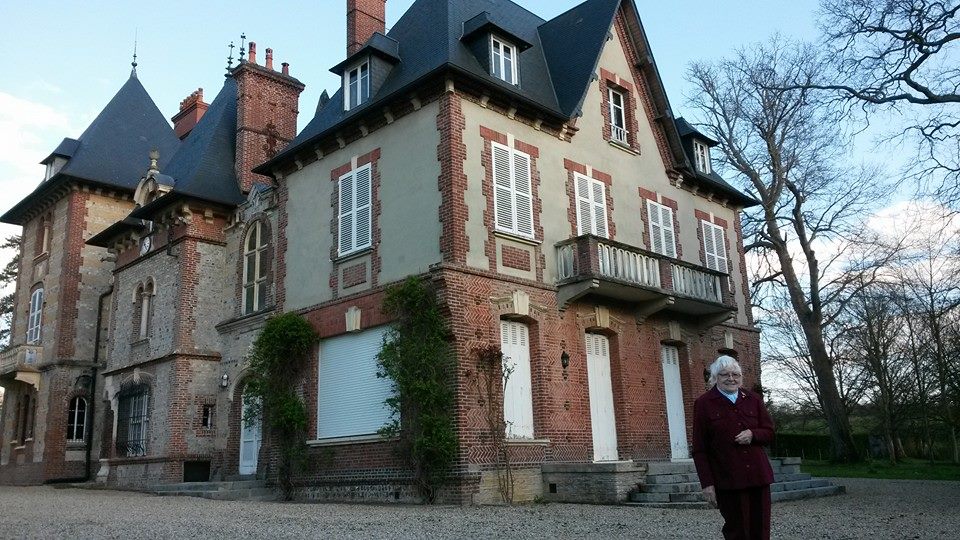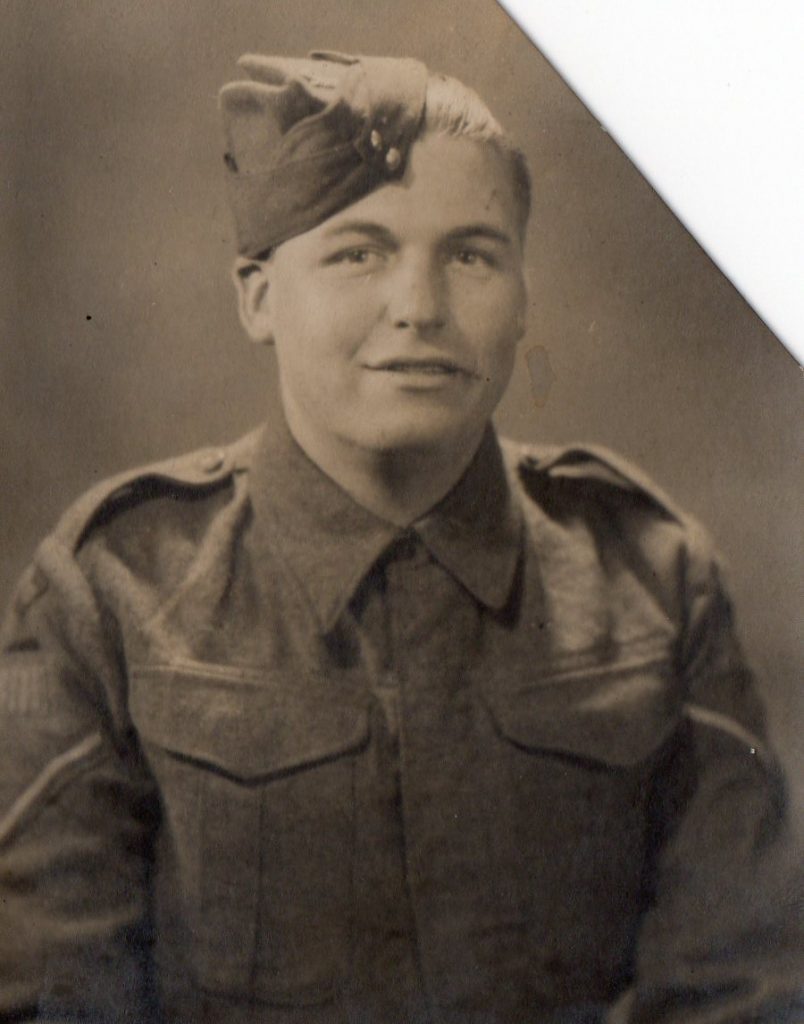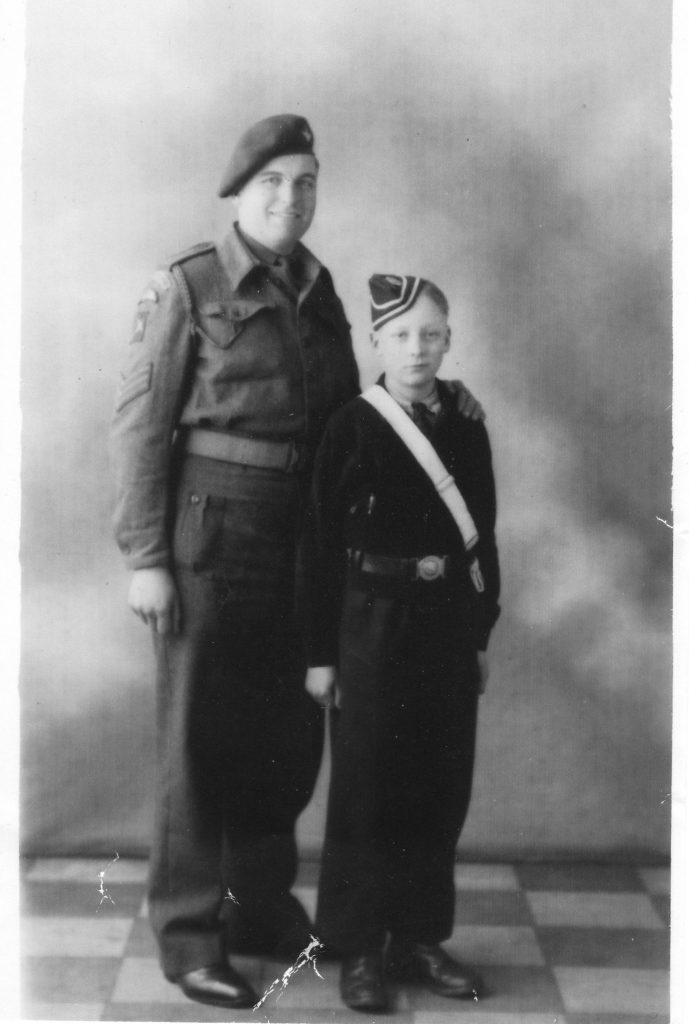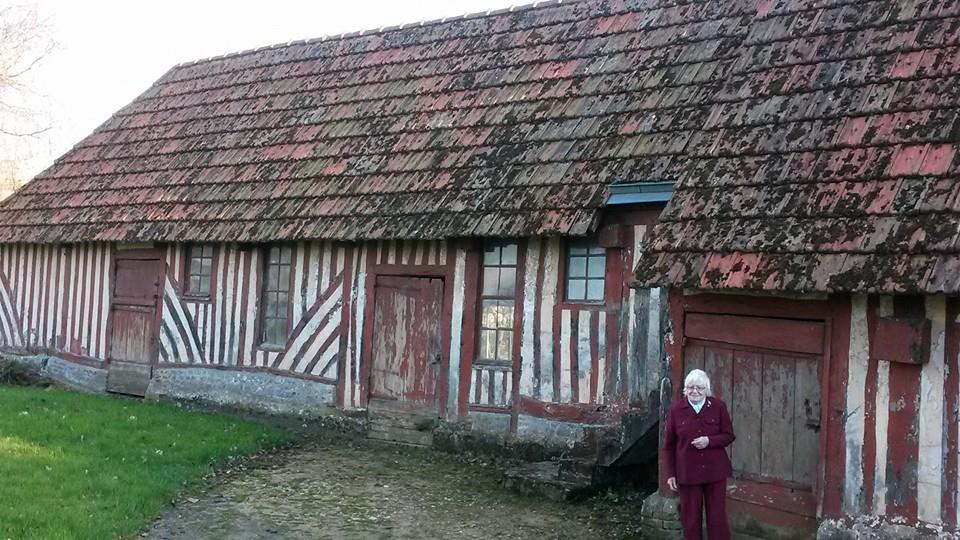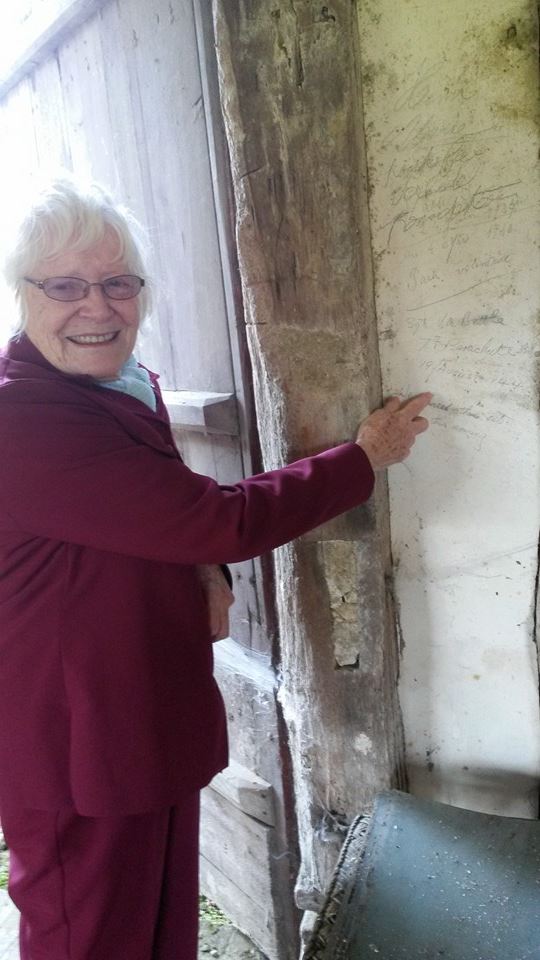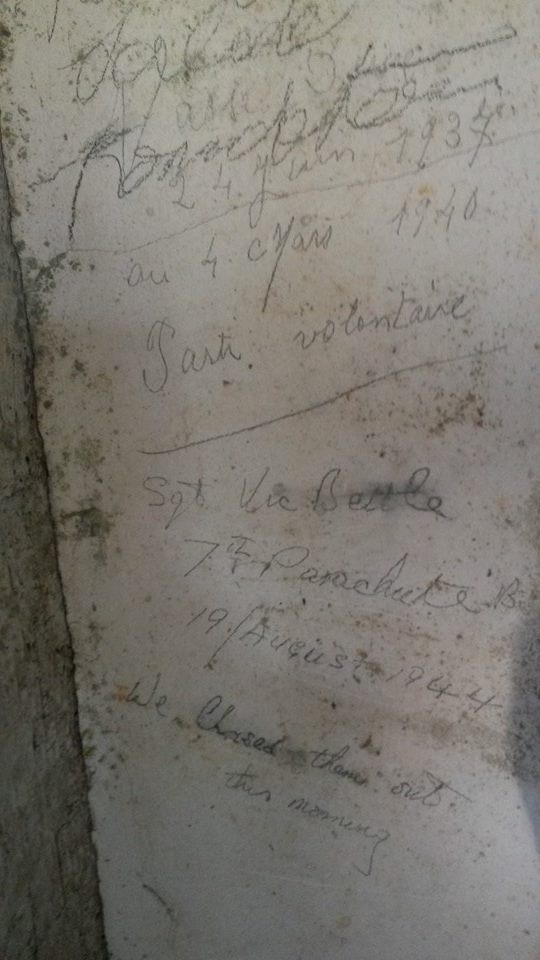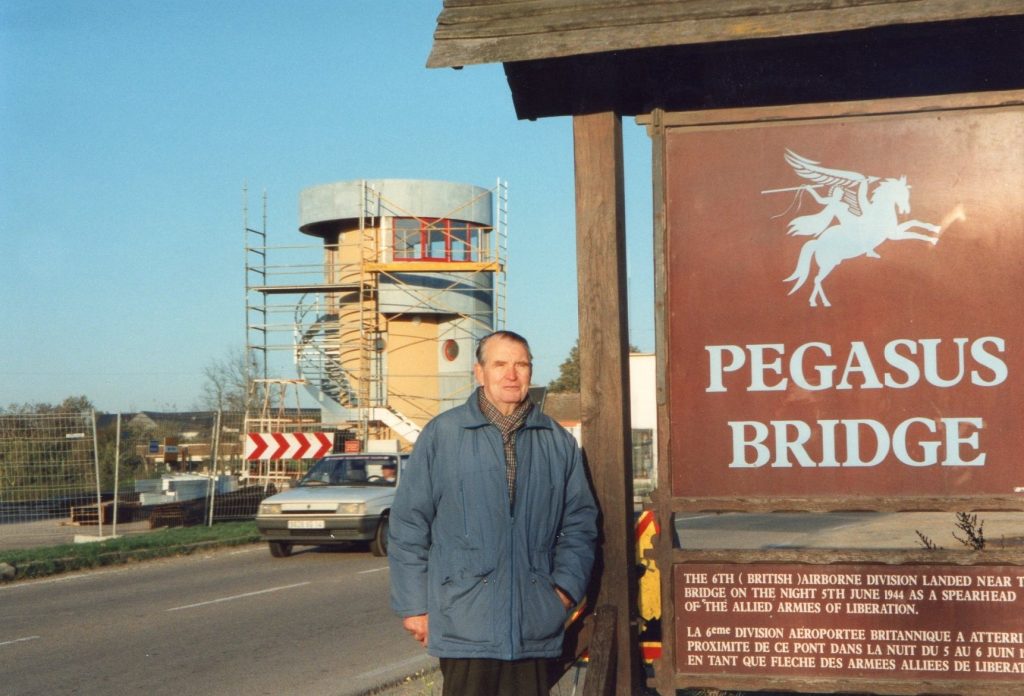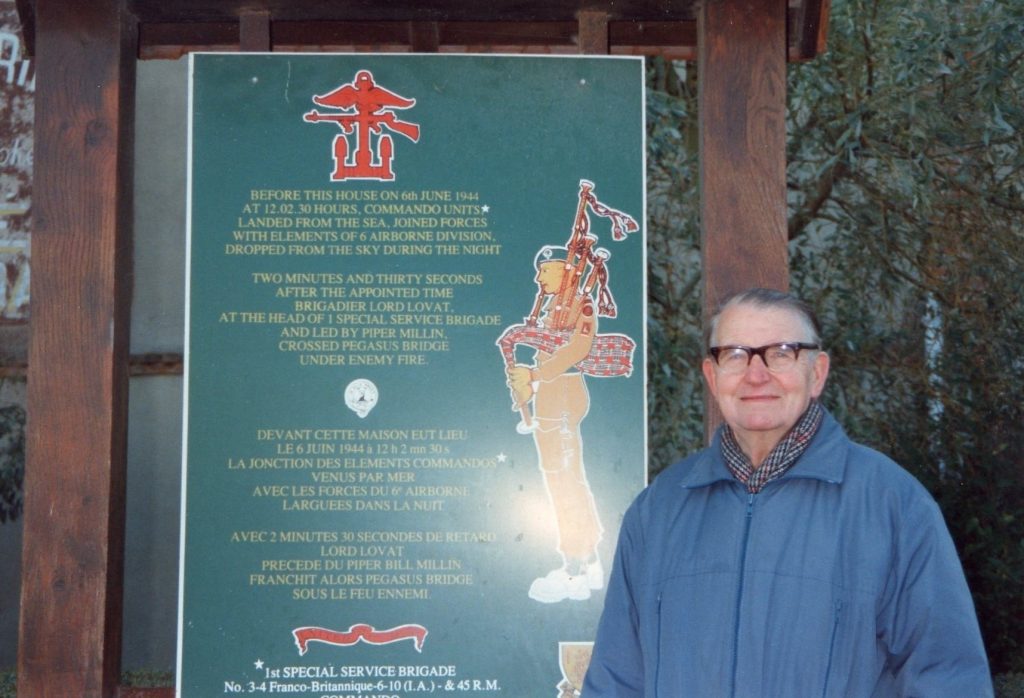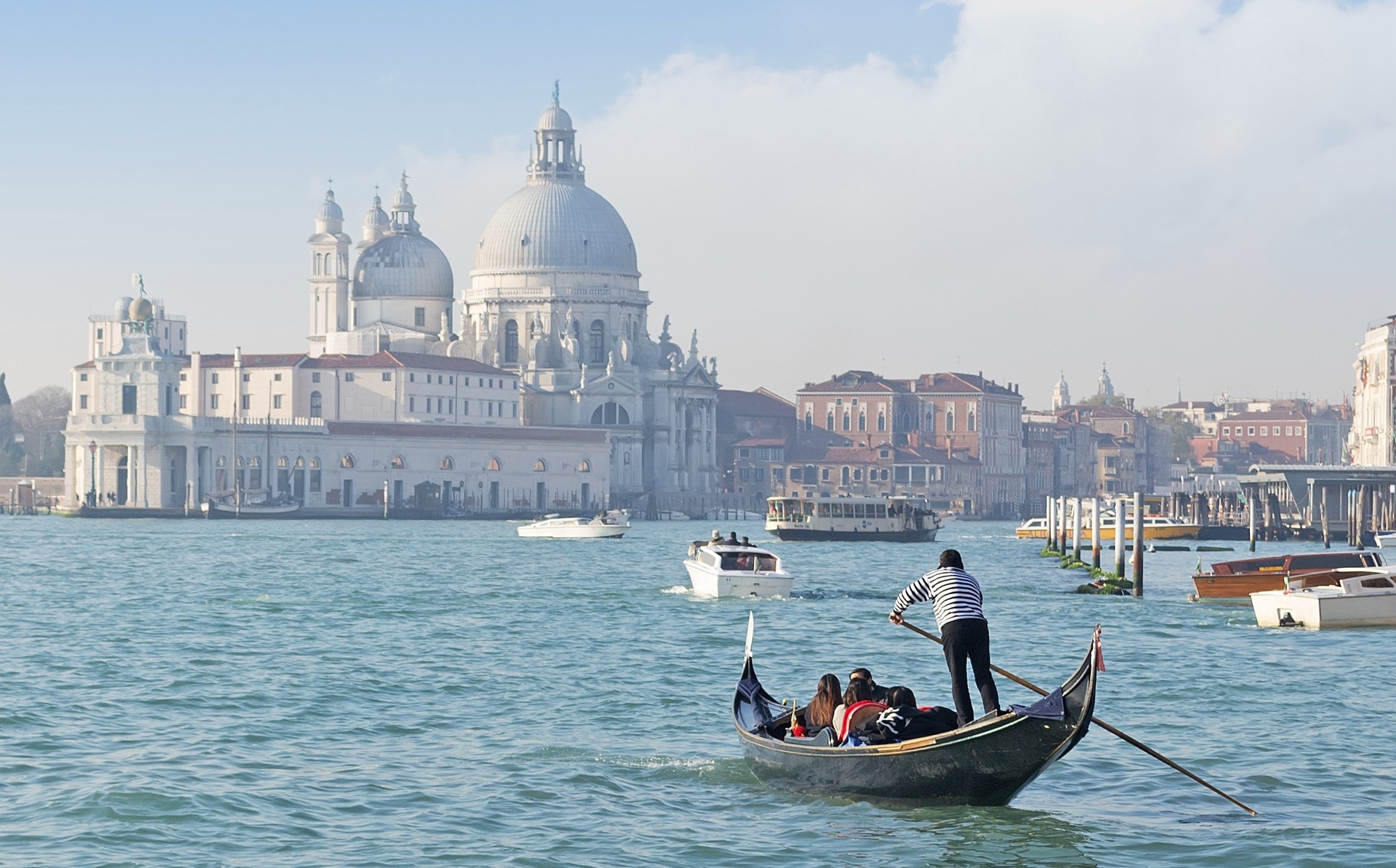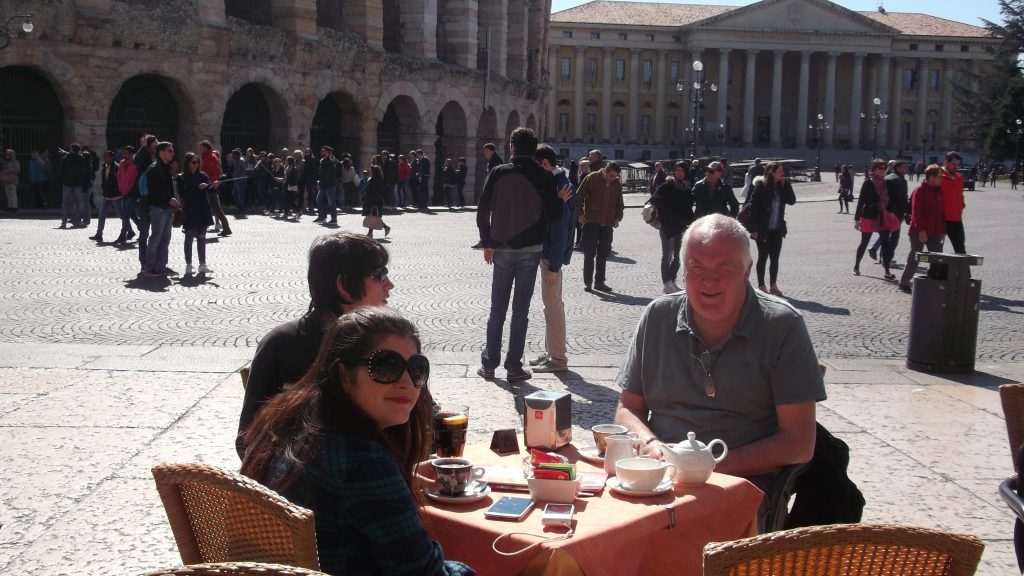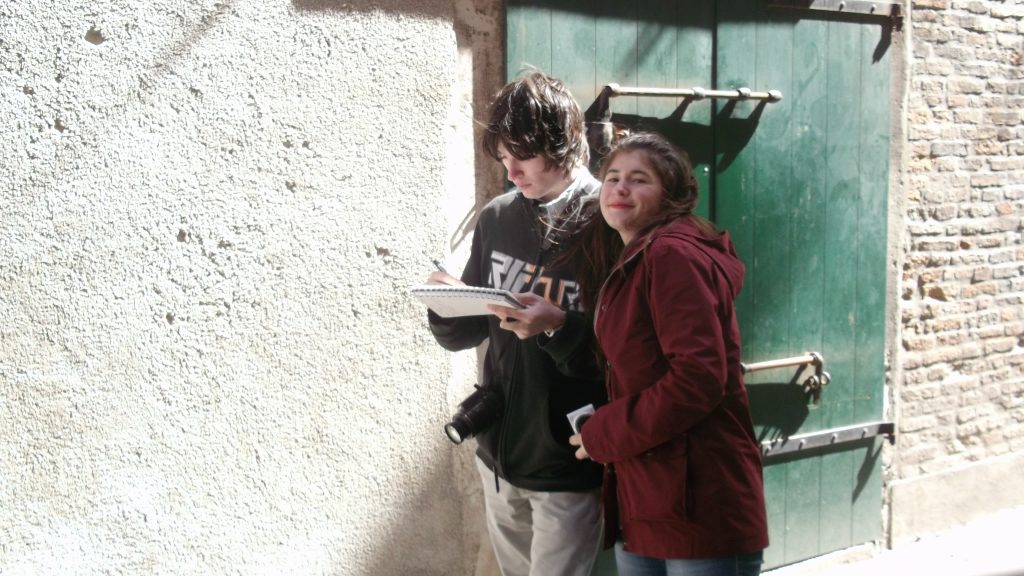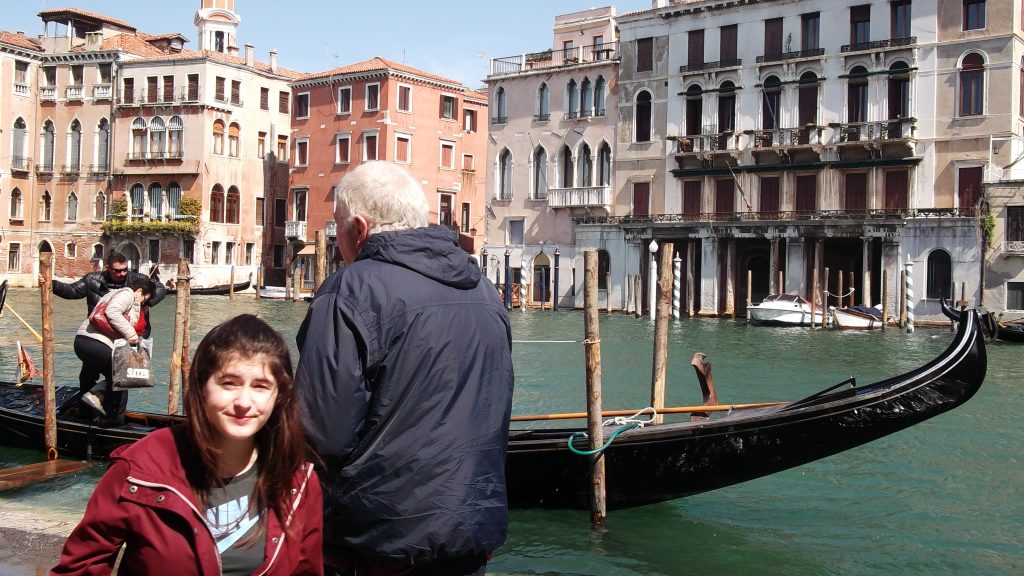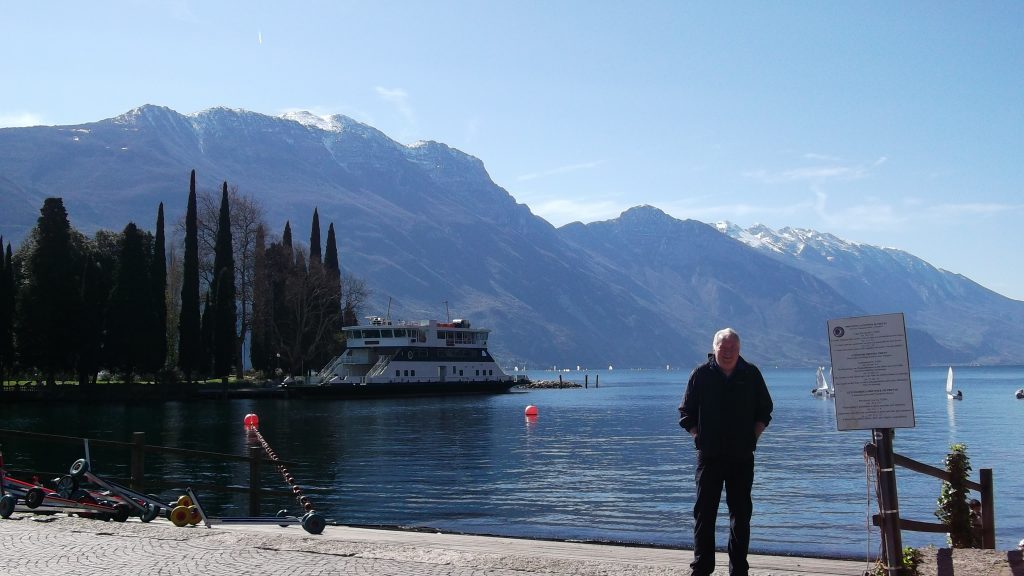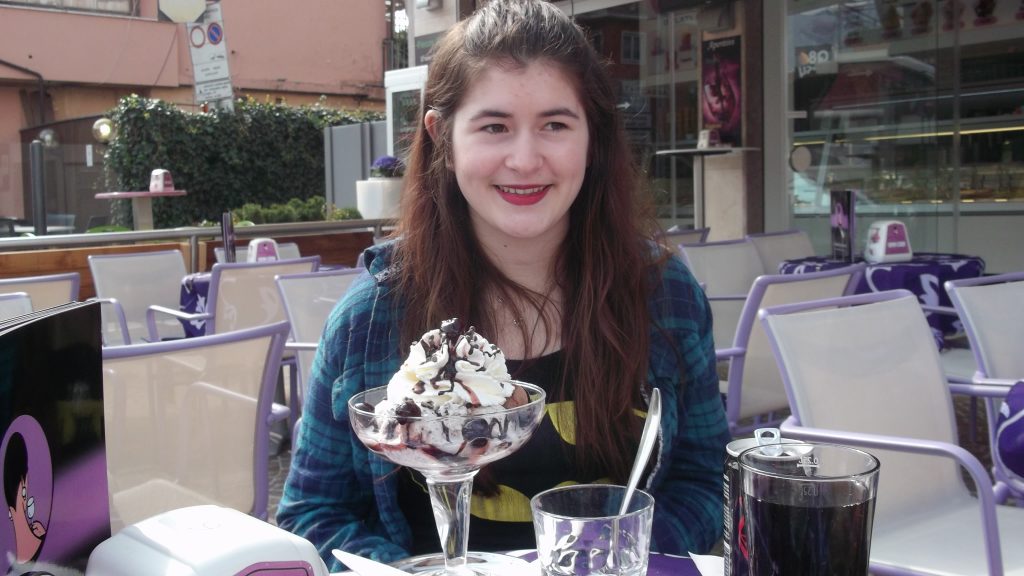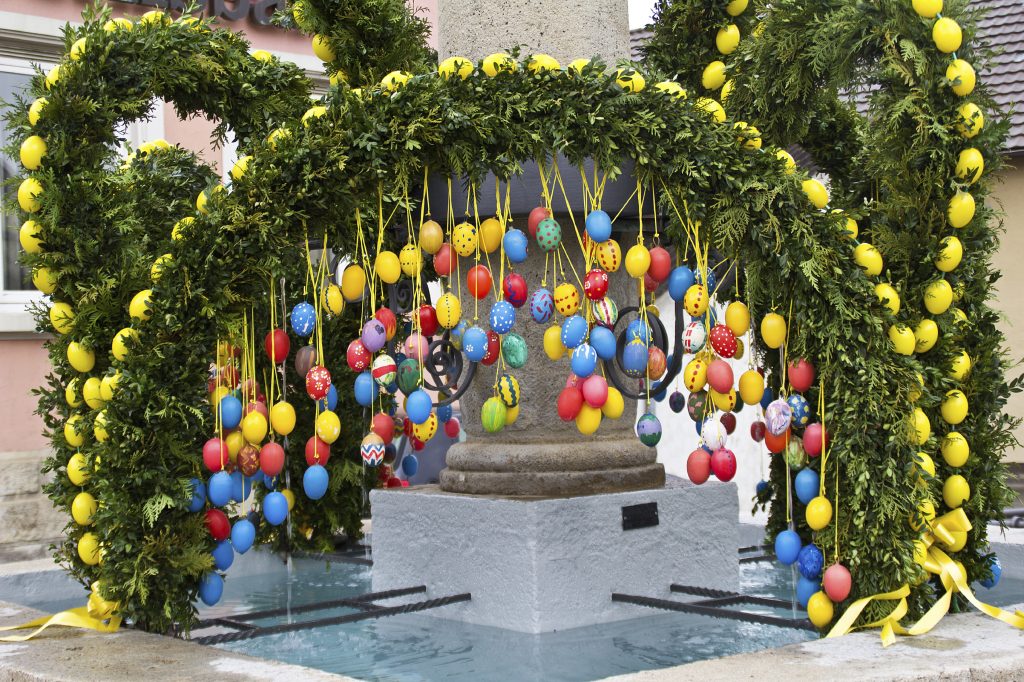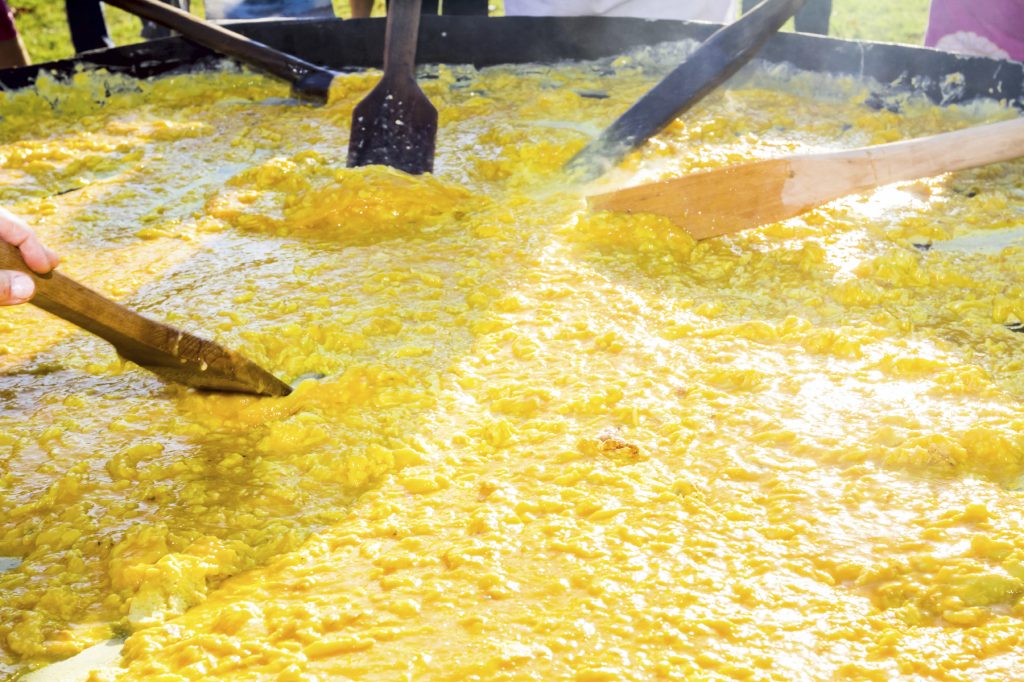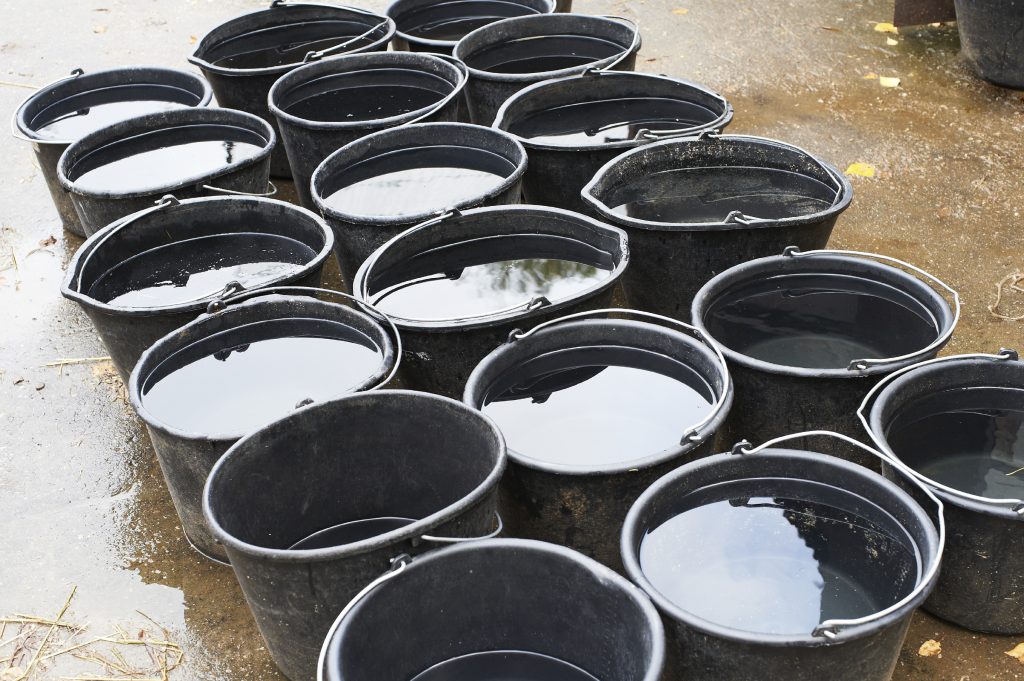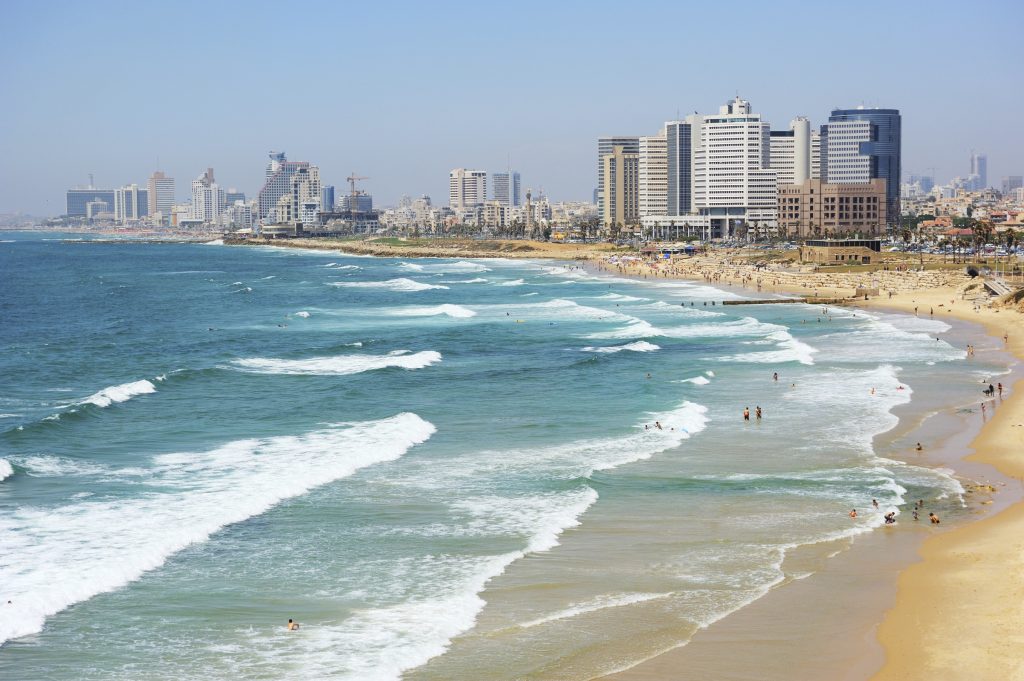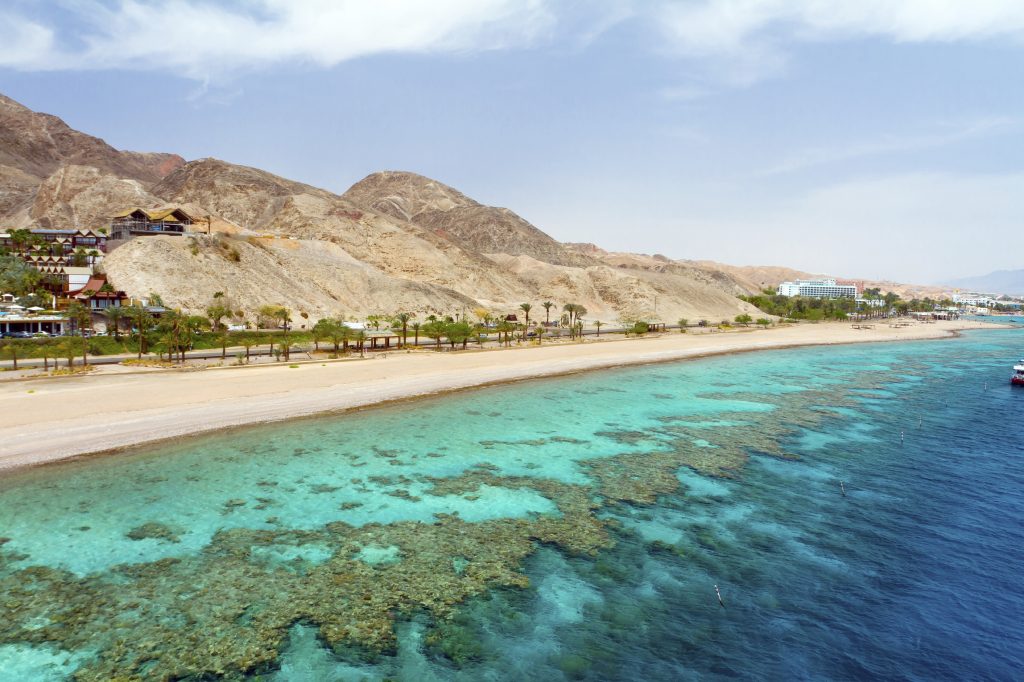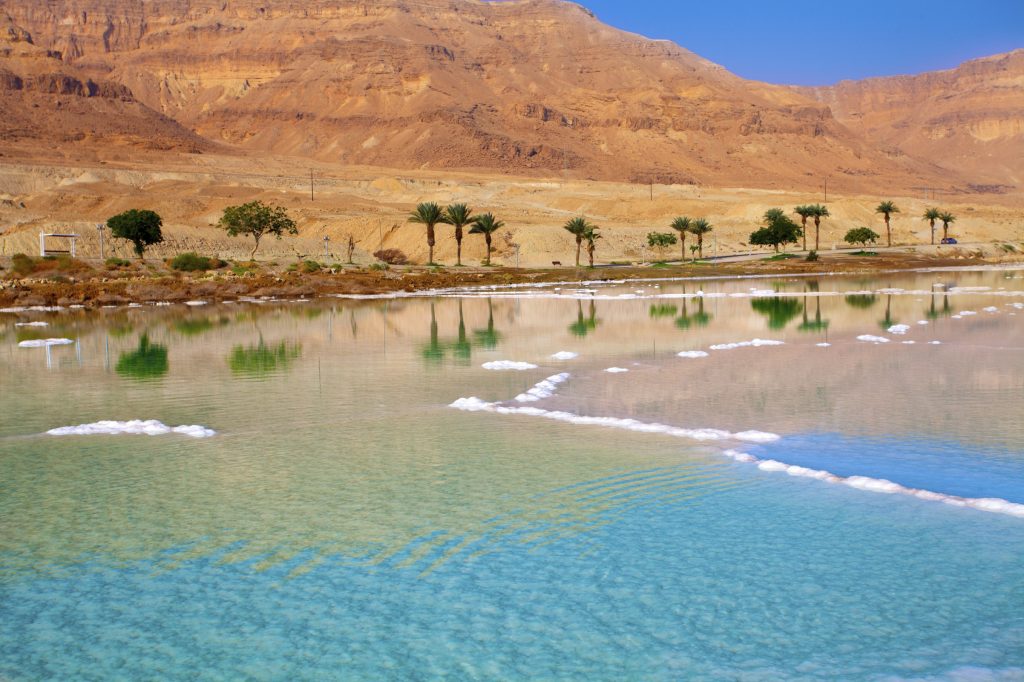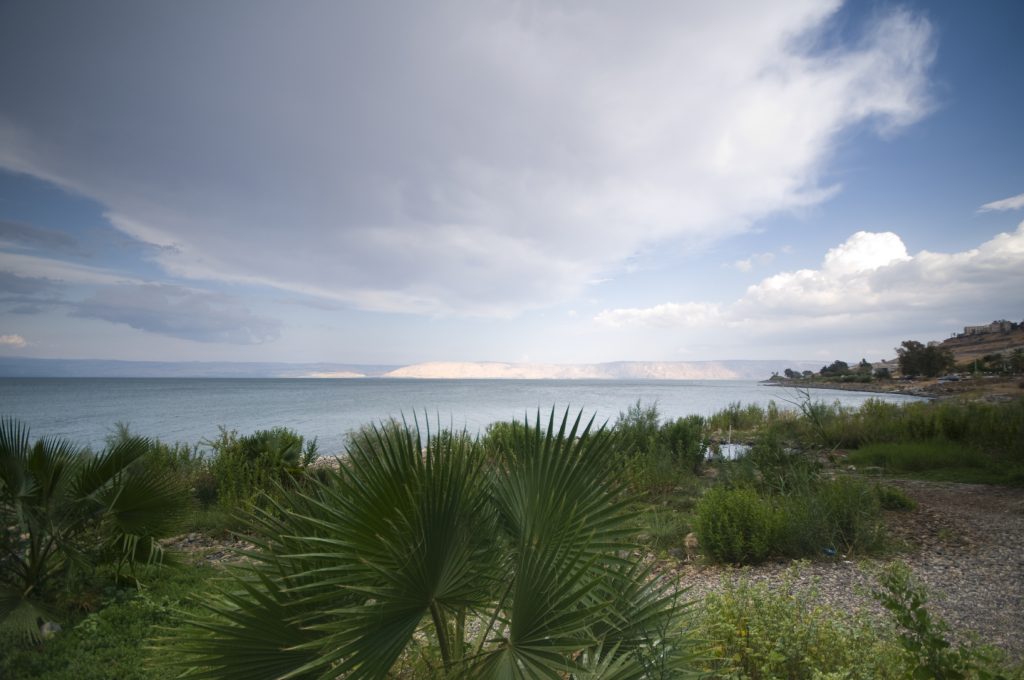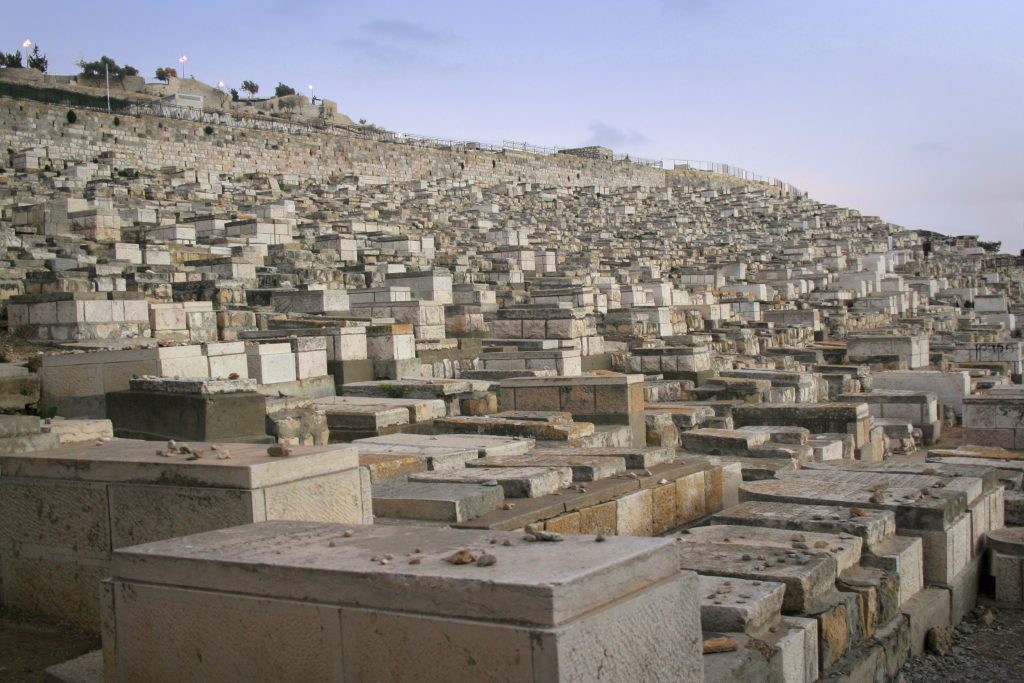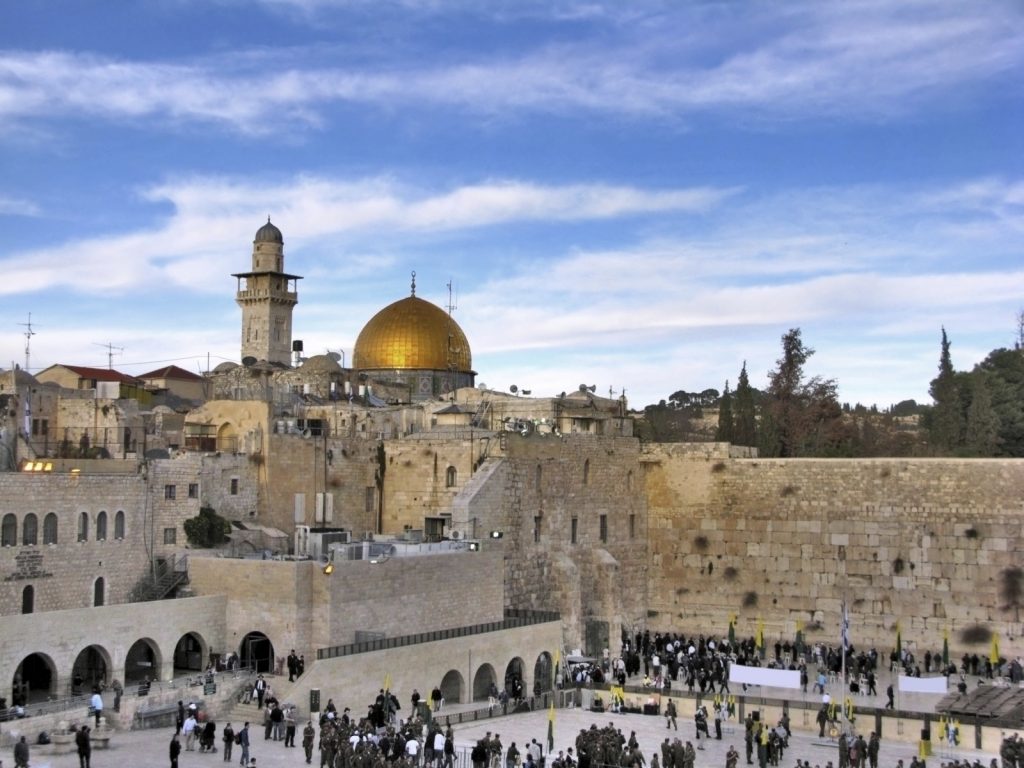Here at Leger Holidays, we’re celebrating holiday inspiration, and who better to get involved than travel writer and broadcaster, Simon Calder? We invited the Twittersphere to ask the travel man himself for his ideas and experiences. We’ve distilled the best for you here …
What are the strongest triggers to deciding on a particular trip?
My usual motivation is a word in my ear from a friend with taste – but a film, chance conversation or just a tweet can work.
Your greatest drive in Europe?
So many roads, so little time – but most of Italy’s coast, so long as someone else is driving.
Is there a secret European location waiting to be discovered?
Yes, and almost all of them are behind the old Iron Curtain, particularly Slovakia, Hungary, Bulgaria, Ukraine.
What was the last film that inspired you to travel and why?
Er, is it very uncool to say Sound of Music? Many of the locations in it, in and around Salzburg in Austria, are still exactly the same
What’s the latest about the hole in Rhodes airport runway?
The runway on the Greek island had a malfunction earlier this week but is now back in action – and a great destination in Sept/Oct.
Your favourite Christmas Market?
For me the surroundings count for as much as the stalls, chalets and cafes. So: Cologne, with Bruges, Hamburg and Frankfurt as good alternatives.
You were in Castellon last week – what’s it like?
The latest Ryanair route from Stansted and Bristol serves Castellon Airport on Spain’s Costa Azahar – the Orange Blossom Coast and mostly beautifully unspoilt, with Peniscola the best place to stay. The airport also serves as a cut-price gateway to Valencia if the fares to that fine city are too high.
Where are you going skiing this winter?
Haven’t decided yet but Slovakia and Germany are possible locations – they don’t experience the usual half-term price surge. However, Austria is also very appealing.
How far in advance is too far to book a holiday?
Booking too far in advance can be a real problem, particularly for non-refundable plane tickets. Package holidays are less risky because you can transfer them to someone else if you can’t go. But of course anticipation is sweet – and I’ve already booked an eclipse-hunting coach holiday in the US for 2017.
Former Yugoslavia – your favourite component?
I’m fond of them all, but besides Croatia (a given) I have particular soft spots for Slovenia, Montenegro and Bosnia.
What type of coach holiday would be most appealing to you?
A good guide and good company are essentials, but after that it’s terrain that you can really enjoy from a coach. So lakes (or lochs) and mountains work for me, but some UK motorways are also excellent – the M62, M74 and upper reaches of the M6 are all best seen from a passenger seat
Do you ever ask locals for tips on things to do and places to see?
Yes. Online research and guidebooks are invariably trumped by local recommendations. So, always ask.
The best place to visit in Reykjavik?
I’m just back from the Icelandic capital and it’s in great shape, with more flights from the UK than ever. Eat at the newly opened Tacobarinn, which brings Latin American style (and almost prices) to the city. Don’t bother with the Blue Lagoon – overly commercialised – but take the 5-min ferry rider to wonderful Videy Island.
Any other relatively undiscovered wildernesses in Europe, other than Iceland?
Many. In the UK: Knoydart Peninsula in Scotland. Eastern Poland/western Ukraine also wonderful.
Based on what you’ve seen so far this year, what do you think will be the travel trends for 2016?
Niche Latin America, eg Costa Rica and Puerto Rico, eastern Europe and Canada for sheer good value.
Where has reading a book led you?
George Orwell made me hitch-hike to Barcelona after I read Homage to Catalonia. The Fruit Palace by Charles Nicholl is an inspiring introduction to the marvels and madness of Colombia. And the European Rail Timetable is full of wild and wonderful places to add to the list.
Croatia, Greece or Turkey?
Great question – all offer value, beauty, history and a warm welcome, but right now Greece is the word.
Where are the best places to travel to in Europe that are still warm in autumn/winter?
I’d choose an island from Crete, Malta, Sicily, Mallorca and Ibiza, with the Canaries best for the real depths of winter.
What’s not to miss in Berlin?
The Reichstag (Parliament building) is free and brilliant. Ditto East Side Gallery. And take a trip out to Potsdam.
Which TV show or movie has inspired you to visit the filming location?
It’s only been out a week, but Everest is spectacular. I don’t want to climb it but I do want to visit Nepal.
Thank you to Simon, and huge thank you to everyone for your questions! You can take a look at all of our once in a lifetime Grand Explorer holidays by clicking here.


